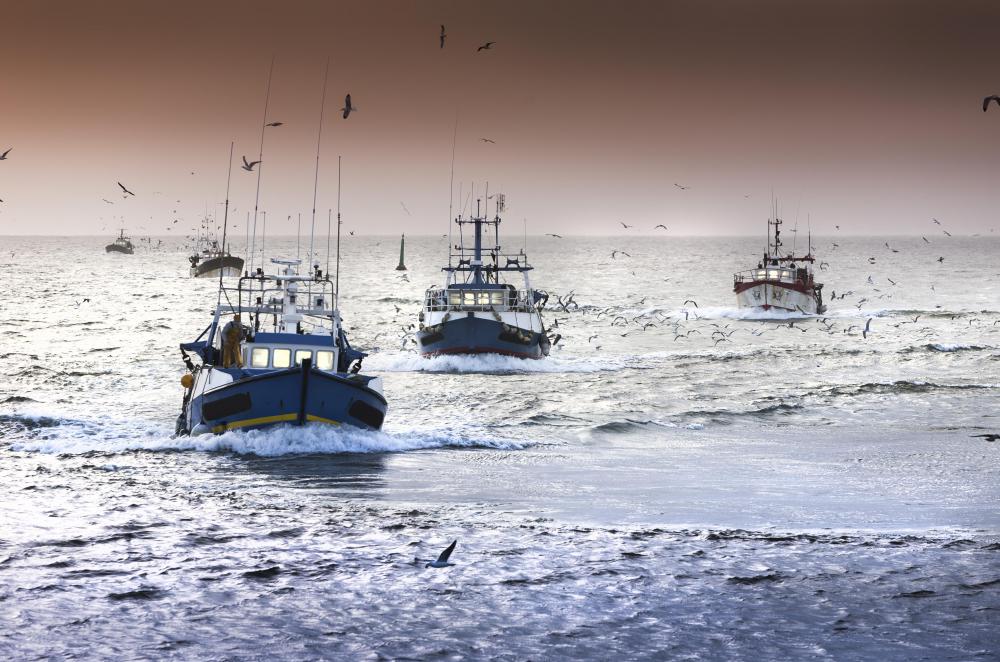At AllThingsNature, we're committed to delivering accurate, trustworthy information. Our expert-authored content is rigorously fact-checked and sourced from credible authorities. Discover how we uphold the highest standards in providing you with reliable knowledge.
What is the Alfonsino?
Alfonsino is the common name given to any of the three species of fish that make up the genus Beryx in the family Berycidae. The three species are Beryx decadactylus, Beryx mollis, and Beryx splendens. The alfonsino fish, sometimes called alfonsin, are found in temperate and tropical deep waters of oceans throughout the world. These fish have been dated back to the Cretaceous period, between 145 and 65 million years ago.
The alfonsino is found at depths of 33 to 4,300 feet (10 to 1,300 meters). Red in color, the fish are often orange on their undersides. The fins and the insides of their mouths are bright red. Growing to 24 inches in length (60 cm), the alfonsino has spiny scales, a large mouth, and large eyes.

The body of the fish is compressed. There are four dorsal spines, and each is progressively longer than the one before it. Juvenile fish have spines on their heads, and their second dorsal ray is elongated. The young fish tend to live in the open water before going into the deep water inhabited by the adult fish as they mature. The fish reach sexually maturity at three to four years.
The female fish tend to be slightly larger than the male fish. Indications are that in populations of alfonsino, females are more abundant than males. The alfonsino reproduces by spawning. Eggs float on top of the water and hatch after one to eight days.
The three species are similar. Beryx decadactylus, the common alfonsino, is found in oceans throughout the world with the exception of the eastern Pacific. Beryx splendens, the splendid alfonsino, grows larger than the other species with lengths reaching more than 27 inches (69 cm). This species of alfonsino fish is not found in the northeast Pacific waters.
The diet of these fish consists of crustaceans, smaller fish. and cephalopods. Staying near the bottom of the ocean during the day, the fish travels to mid-water at night. They are prey to other fish, such as sharks, and to humans.
The three species are commercially harvested by a trawl that is dragged across or near the bottom of the ocean. The fish are sold under names such as imperador, red bream, and Tasmanian snapper. The fish is frozen and then prepared by steaming, frying, or baking. Beryx splendens is called kinmedai in Japanese, nizkoteliy beryx in Russian, and bitgeumnundom in Korean.
AS FEATURED ON:
AS FEATURED ON:











Discuss this Article
Post your comments